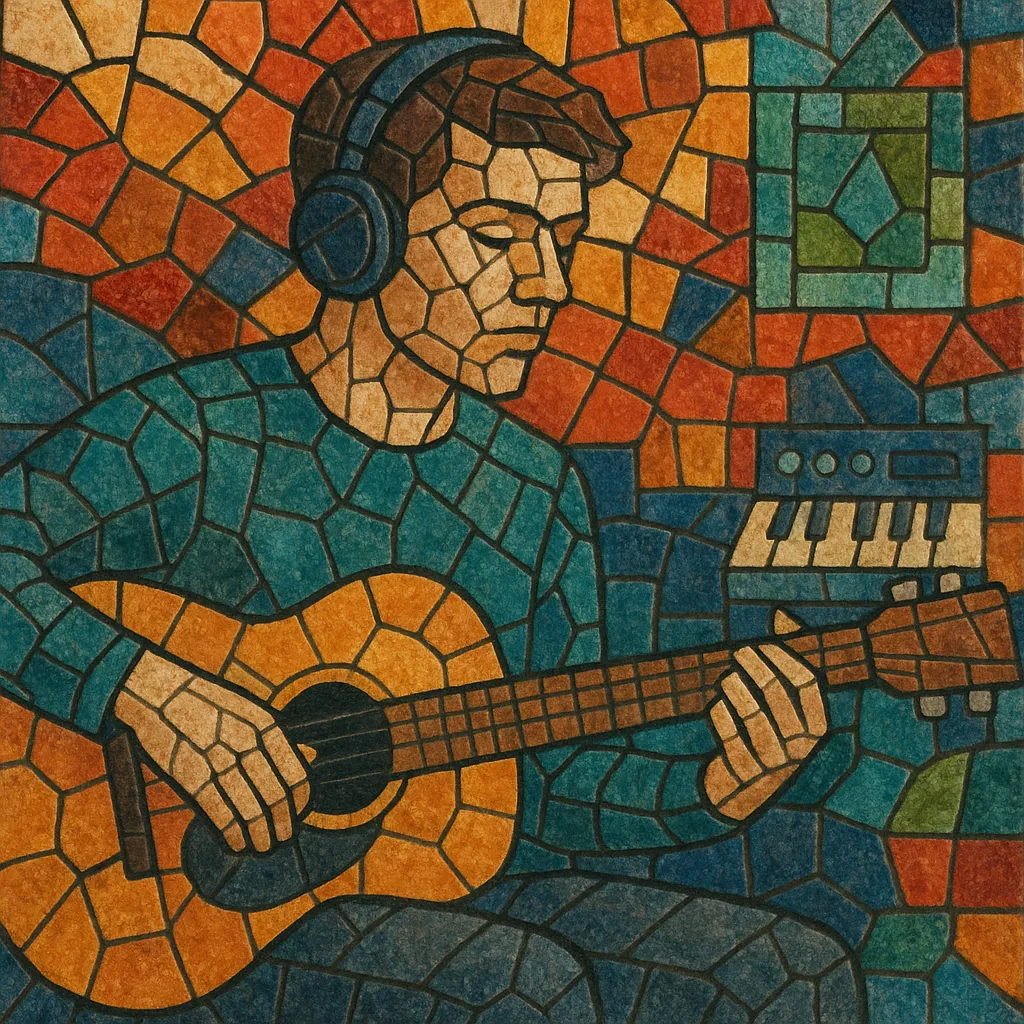German indie pop blends the melodic sensibilities and DIY ethos of indie pop with German-language lyricism and the legacy of German alternative movements. It typically features jangly or clean electric guitars, warm bass lines, understated drums, and tasteful use of synthesizers.
Lyric themes often focus on everyday realism, wry social observation, love, and identity, delivered in a conversational, literate tone. Production ranges from lo‑fi intimacy to polished but restrained clarity, prioritizing songcraft and lyrical content over showy virtuosity.
German indie pop grew out of the post–Neue Deutsche Welle landscape and the alternative scenes that followed. The Hamburg School (Hamburger Schule) in the early to mid‑1990s—spearheaded by bands like Blumfeld, Die Sterne, and Tocotronic—set a template: German‑language lyrics with intellectual edge, indie rock instrumentation, and a pop-aware sensibility. British indie and Britpop, post‑punk, new wave, and classic indie pop added melodic economy and guitar-driven textures.
In the 2000s, the sound broadened and reached the charts. Acts such as Wir Sind Helden, Juli, and Madsen brought hook-forward songwriting and relatable German lyrics to radio, marrying indie credibility with pop accessibility. Electronic elements and refined production entered the palette as bands like The Notwist blurred lines between indie pop and electronica, influencing studio aesthetics and arrangement choices.
The 2010s saw a wave of younger artists (e.g., Von Wegen Lisbeth, Kettcar’s later output, and adjacent acts like AnnenMayKantereit) adopting intimate storytelling, understated grooves, and hybrid acoustic–electronic arrangements. Streaming-era dynamics favored warm, conversational vocals and concise forms, while live scenes in Berlin, Hamburg, and Cologne continued to incubate new talent. Today, German indie pop remains a flexible umbrella for melodically strong, lyrically nuanced German-language music that balances indie ethos with pop craft.


